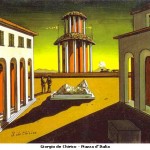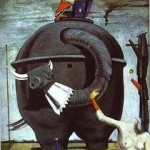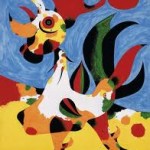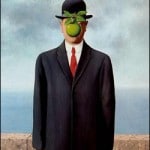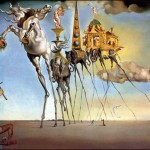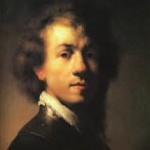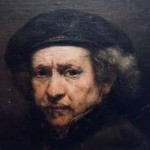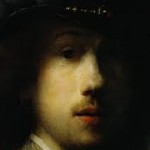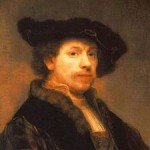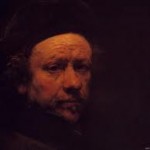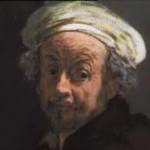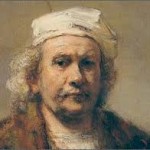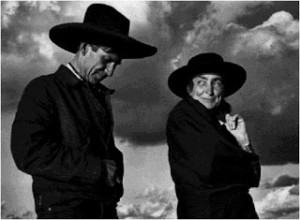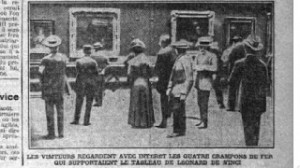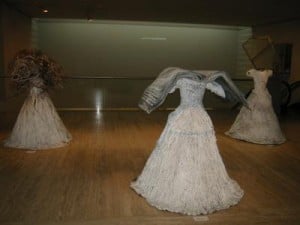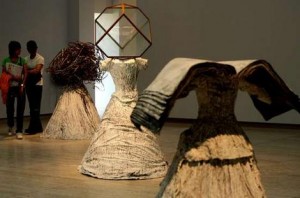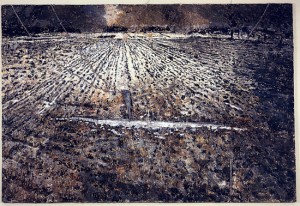Here is a list of books I thoroughly enjoyed which all about forgery or theft.
The Forgery of Venus – this fictional book was the book that started my fascination with forgery and theft. It is a wild ride, dealing with drugs, forgery, time travel and the Nazi’s plunder.
The Vanished Smile, The Mysterious Theft of the Mona Lisa – yes, this iconic painting was stolen from the Louvre, with Picasso actually being questioned.
Priceless, How I Went Undercover To Rescue the World’s Stolen Treasures – written by former FBI agency Robert Wittman, who began the agencies Art Crime Team.
Provenance, How a Con Man and a Forger Rewrote the History of Modern Art – so interesting about how a con man created provenance for forged pieces of art! A good read about art history too.
The Gardner Heist, the True Story of the World’s Largest Unsolved Art Theft – another good art history read, but also an nail biting look at a long investigation that travels the globe, even suspecting the IRA at one time.
Stealing Rembrants, the Untold Stories of Notorious Art Heists – a great ride across the planet investigating the underworld of art theft.
The Rescue Artist: A True Story of Art, Thieves, and the Hunt for a Missing Masterpiece – starts with the theft of The Scream by Munch.
Here is an article about the most recent heist in Rotterdam last week.
![Vermeer_concert[1]](http://vickiemartin.net/wp-content/uploads/2012/10/Vermeer_concert12-266x300.jpg)


